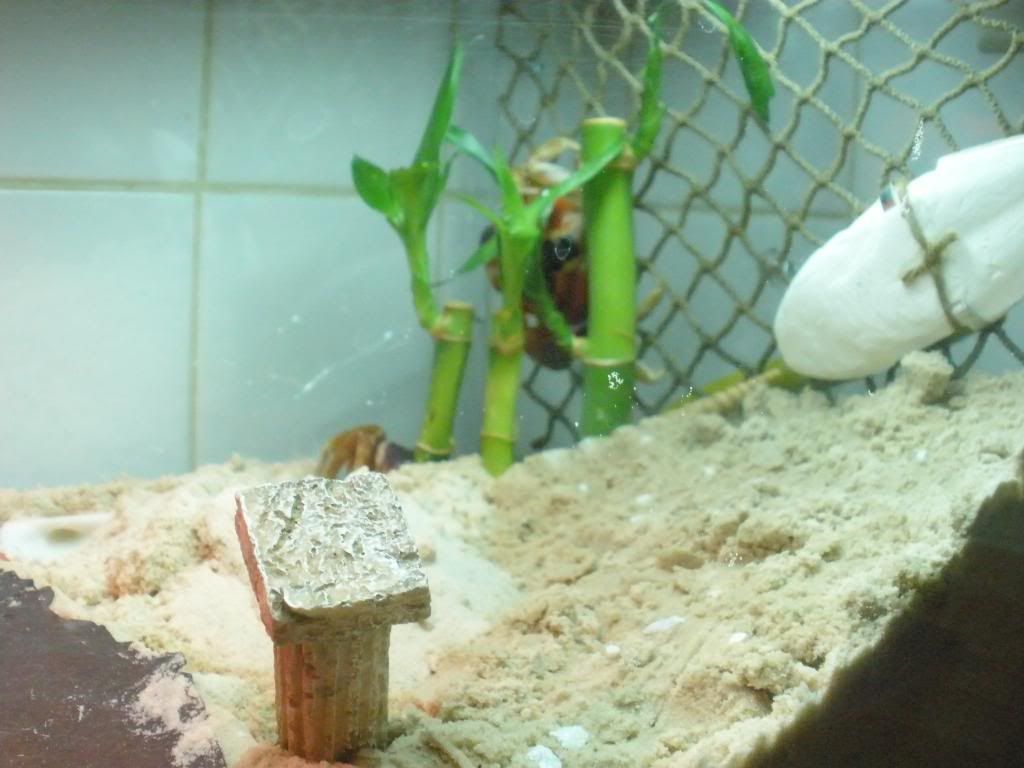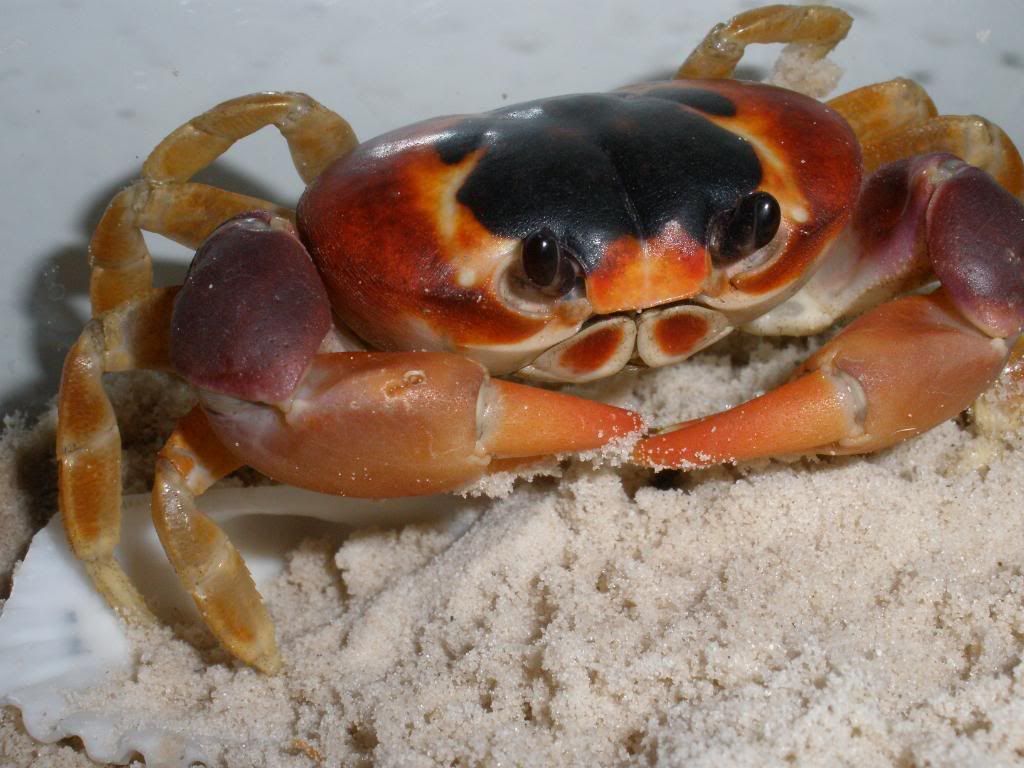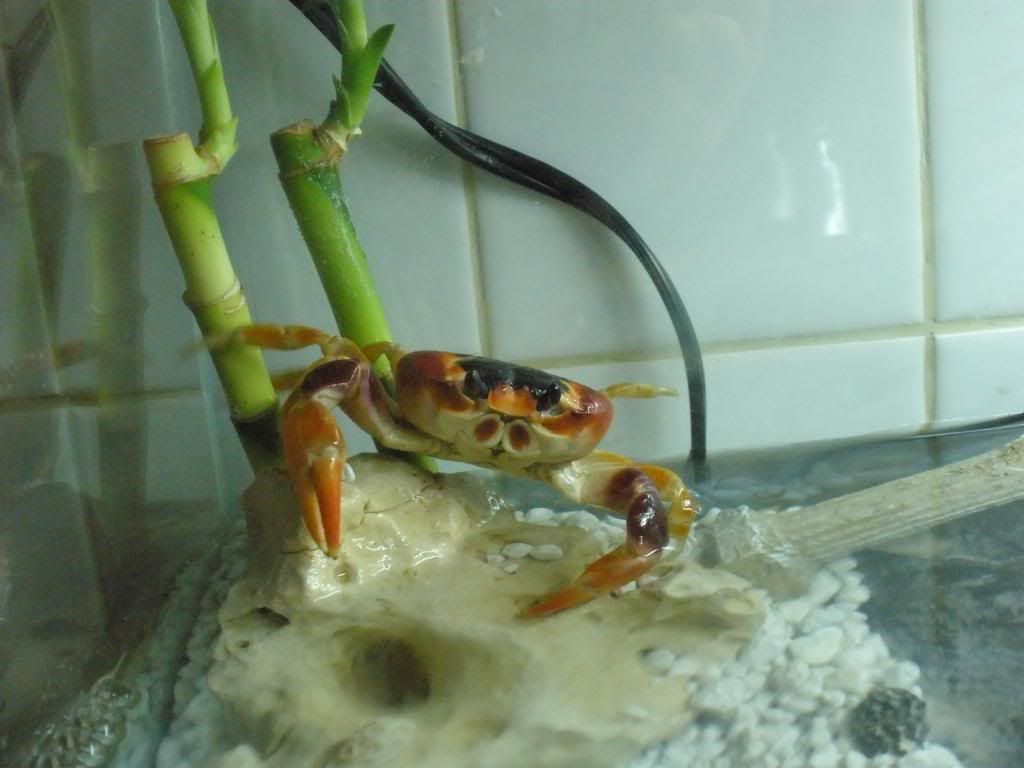I bought a pair last week end at a herp show.
I've reesearched them all this week and have a good understanding on care and what not.
The only conflicting info I read was on salt water... Some sources say use it and some say Don't!
So which is it???
Has anybody else on here kept these marvelous little crustacians???
Thanks
Clay
I've reesearched them all this week and have a good understanding on care and what not.
The only conflicting info I read was on salt water... Some sources say use it and some say Don't!
So which is it???
Has anybody else on here kept these marvelous little crustacians???
Thanks
Clay









